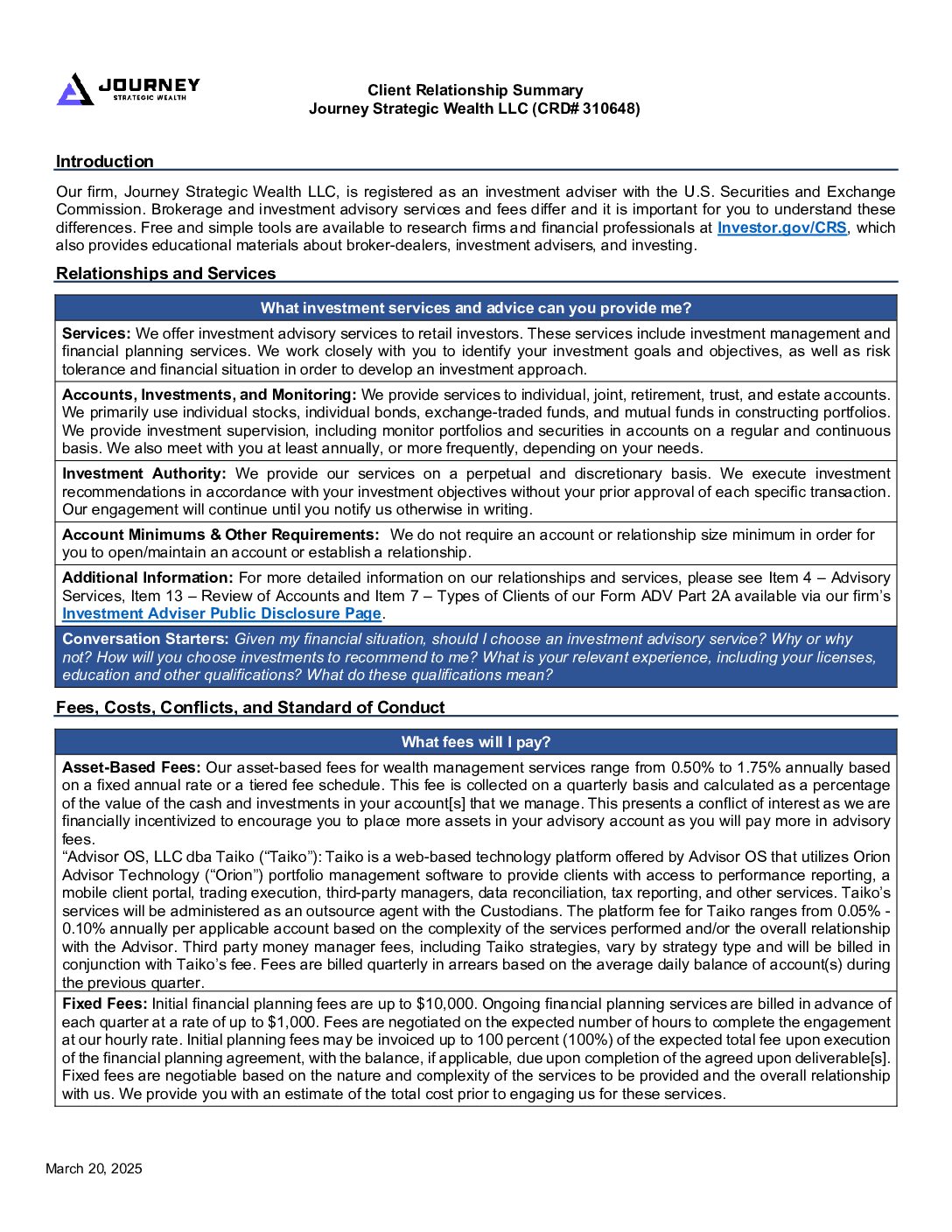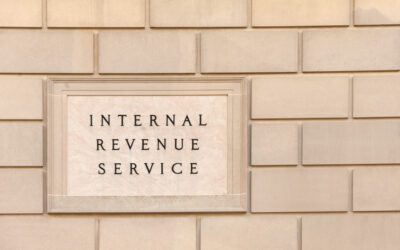Succession Roadmap: Building Confidence, Not Conflict, in the Next Generation
Many families open themselves up to vulnerability when they rely on deep family bonds and good intentions alone to manage complex wealth. The real key to a smooth, positive transition is a dedicated succession roadmap that treats the transfer of wealth as a multi-year mentorship and assessment process.
Let’s review the steps to help get you there.
Step 1: Assess Readiness
How do you know whether the next generation is truly prepared to inherit wealth, lead the family enterprise, or steward your legacy? Start with open dialogue and regular family meetings focused on shared values (not just dollars). This proactive approach allows us to move beyond assumptions and toward intentional mentorship. When families delay or skip this process, the first problems to surface are typically breakdowns in communication and a lack of clarity around who holds responsibility.
Step 2: Transfer Knowledge
Heirs must know where all critical documents are, including trusts, insurance policies, and investment entities. More importantly, they need to know why these structures exist, why certain assets are held, and why the financial strategy is set up in a specific way. Sharing the why transforms them from passive recipients to informed stewards.
Aligning the next generation also means aligning their wealth with their purpose. Many families use organized structures to teach stewardship early on. Read more about aligning purpose with strategy through philanthropy.
Step 3: Instill Confidence
Prevent lump-sum inheritance “shock” by actively instilling confidence in the next generation through hands-on experience and financial literacy before any formal authority is granted. Heirs can participate in family meetings and learn the principles of the overall structure and asset allocation rationale without decision-making pressure, and you can assign preliminary roles, such as tasking family members with managing a philanthropic budget or overseeing a small, diversified portfolio to help teach accountability.
Step 4: Define Roles Fairly
Your roadmap ensures all heirs are treated fairly (with equitable access to wealth), even if they are not treated equally (with the same decision-making authority or role). Defining responsibilities in a clear system helps prevent favoritism and ties leadership to expertise, not birth order.
Step 5: Document the Plan
The final step is to document the plan. The entire roadmap, from the rules of engagement to the allocation of authority, needs to be in writing, ensuring every role, responsibility, and wealth allocation is clear. This documented system is the final, permanent source of truth, leaving no room for future misinterpretation.
Your Legacy is Your Roadmap
Successful succession is a strategic partnership that prioritizes intentional structure and open relationships. Building this mentorship roadmap helps to ensure your wealth strengthens your family rather than dividing it, securing your legacy for generations to come.
Don’t leave your family to figure out the rules on their own. Book a call with my team today to design and formalize your family’s Succession Roadmap.
This material is distributed for informational purposes only. Investment Advisory services offered through Journey Strategic Wealth, a registered investment adviser registered with the U.S. Securities and Exchange Commission (“SEC”). The views expressed are for informational purposes only and do not take into account any individual’s personal, financial, or tax considerations. Opinions expressed are subject to change without notice and are not intended as investment advice. Past performance is no guarantee of future results. Please see Journey Strategic Wealth’s Form ADV Part 2A and Form CRS for additional information.
Securities offered through Purshe Kaplan Sterling Investments, Member FINRA/SIPC, Headquartered at 80 State Street, Albany NY 12207. Purshe Kaplan Sterling Investments and Journey Strategic Wealth are not affiliated companies. Not FDIC Insured. Not Bank Guaranteed. May lose value including loss of principal. Not insured by any state or federal agency.
























